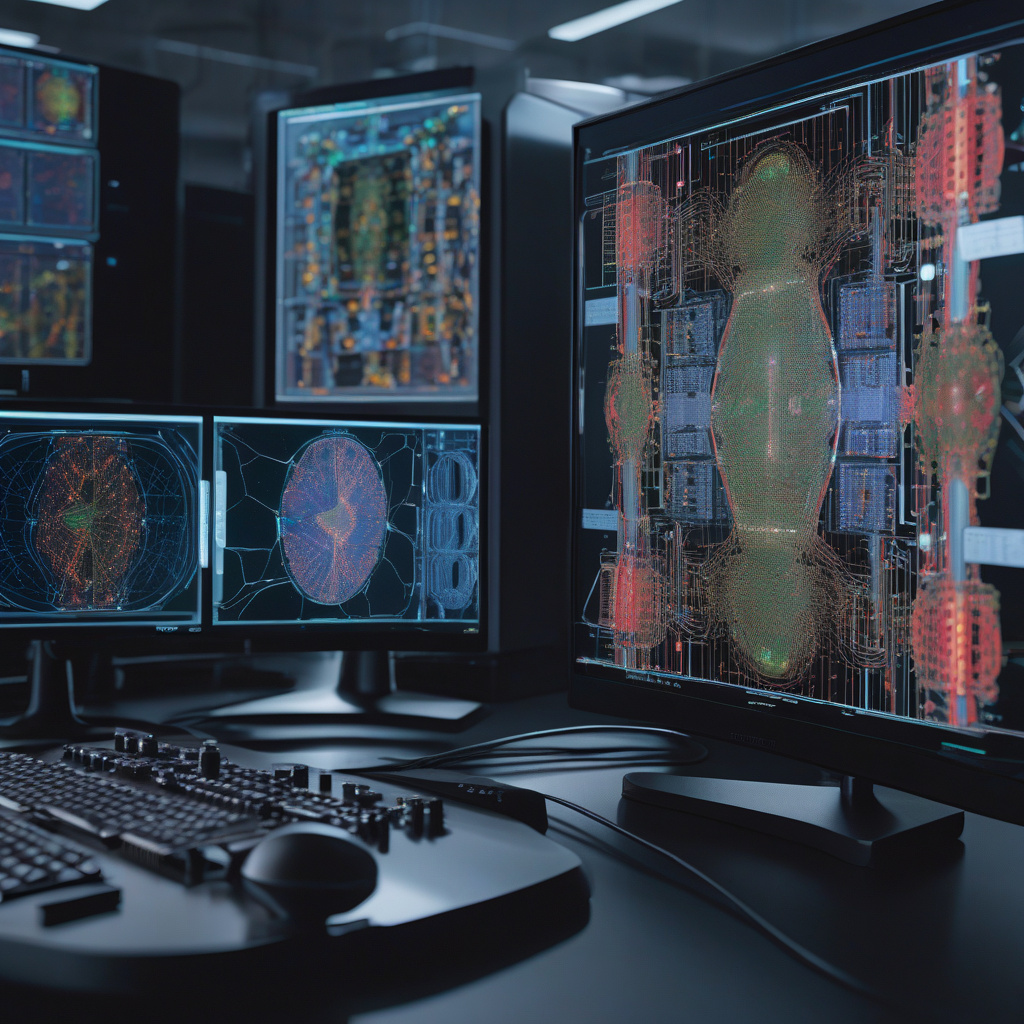In the realm of deep learning, Convolutional Neural Networks (CNNs) stand out as the linchpin of modern visual perception. They play a pivotal role in various applications, from interpreting raw pixels to propelling the advancement of self-driving cars. Understanding the intricacies of CNNs is essential for anyone venturing into the realm of deep learning.
At the core of CNNs lies the concept of convolution. Simply put, convolution involves blending two functions or arrays of numbers, essentially acting as a filter over one another. This process entails sliding one function over the other, measuring their overlap at each position. By leveraging this sliding-and-multiplying behavior, convolution enables the extraction of local patterns, thereby generating a new signal or image that highlights or diminishes these patterns.
Convolutional Neural Networks are designed to mimic the visual cortex of the human brain, where neurons respond to stimuli in overlapping regions of the visual field. This design choice enables CNNs to effectively recognize patterns in images, making them highly adept at tasks such as image classification, object detection, and facial recognition.
One of the key components of a CNN is the convolutional layer, where filters are applied to input data to extract features. These filters detect edges, textures, shapes, and other patterns within an image, allowing the network to learn hierarchical representations of the input data. Through the process of convolution, non-linear activation, pooling, and fully connected layers, CNNs can learn to differentiate between various objects in an image.
Moreover, the use of pooling layers in CNNs helps reduce the spatial dimensions of the data, making the network more computationally efficient while retaining important features. Max pooling, for instance, selects the maximum value from a set of values within a specific window, preserving the most prominent features detected by the network.
The versatility of CNNs extends beyond image processing to areas such as natural language processing, speech recognition, and medical image analysis. Their ability to automatically learn features from raw data makes them invaluable in tasks that involve complex patterns and large datasets.
Looking ahead, the evolution of CNNs continues with advancements in architecture design, optimization techniques, and the integration of CNNs with other deep learning models. Researchers are exploring ways to enhance the interpretability of CNNs, improve their robustness to adversarial attacks, and increase their efficiency for real-time applications.
In conclusion, demystifying Convolutional Neural Networks sheds light on their significance in deep learning and their transformative impact across diverse domains. By unraveling the complexities of CNNs and understanding their underlying principles, we can harness their potential to drive innovation and shape the future of artificial intelligence.

